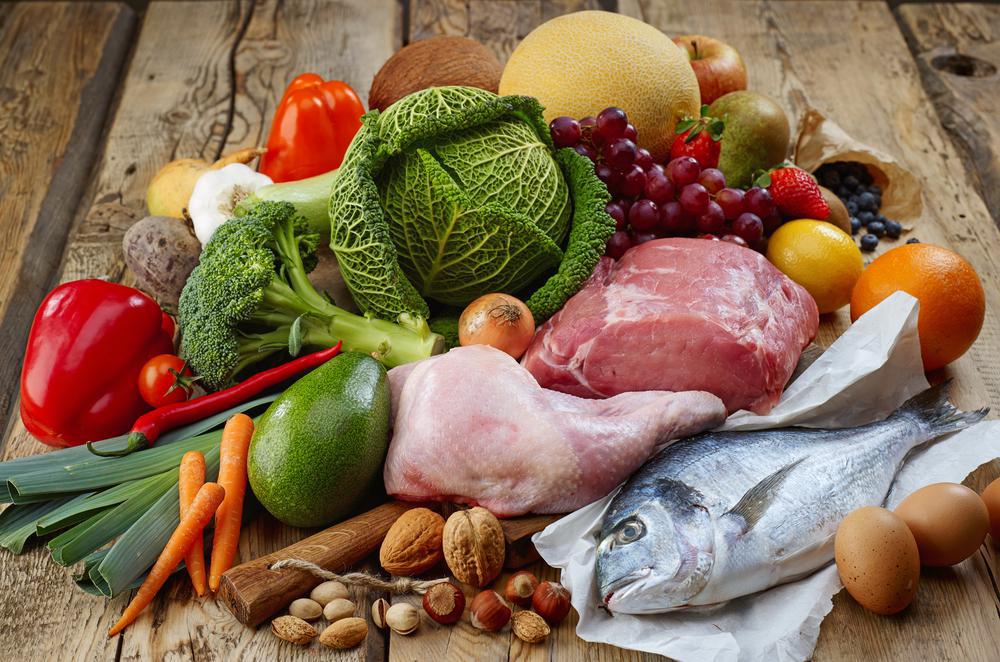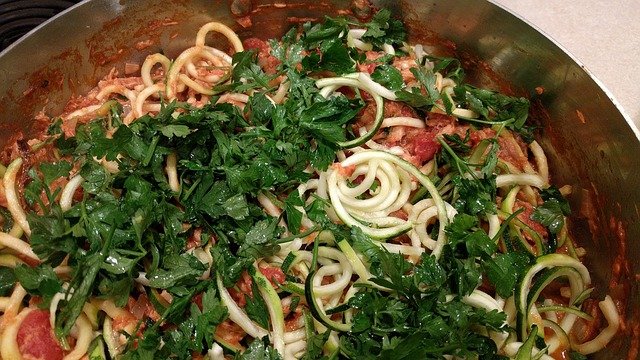
The importance of eating fish is widely recognized as one of the secrets to a healthy diet. Fish is a good source for protein. Certain fish species also provide essential Omega 3 Fatty acids that can help with cardiovascular health. Recent studies have confirmed this assertion. One recent study also found that fish consumption was associated with lower diabetes risks. Whether you are a vegetarian or a meat eater, fish plays a fundamental role in a Mediterranean diet.
Salmon
Fish is a healthy and popular way to eat. Not only are salmon and other fish incredibly delicious, but they are also a great source of omega-3 fatty acids, which are good for the heart and are crucial for reducing inflammation in the body. Baking salmon is an easy way to get omega-3 fats in your diet, without spending too much time in the kitchen.
White fish
The Mediterranean diet is rich in fish, including white fish. These fish are rich in omega-3 fatty acid, which reduce inflammation and increase cholesterol. Eggs, white fish, and shellfish are also excellent sources for protein. Olive oil is the primary source of fat, while red meat and poultry are rare. Polyunsaturated fats are encouraged in the Mediterranean diet, while saturated fats are avoided.
Shellfish

Consuming seafood, especially oysters, in the Mediterranean diet can have many health benefits. These types of foods can help lower blood pressure, reduce cholesterol, and prevent blood from clotting. These foods can also help reduce the risk of stroke or heart disease. Wine is commonly associated with the Mediterranean diet. While it is safe to drink wine in moderation, it does have some other risks. Mediterranean diet encourages whole grains, vegetables, fish, and other healthy foods. Olive oil can be substituted for butter when cooking or other purposes. The Mediterranean diet offers many other benefits, such as a healthy lifestyle and shared meals with family and friends.
White tuna
You're probably familiar with white tuna if you follow a Mediterranean diet. This white fish is a high protein source, and unlike many other types of fish, it contains few calories. And since it's already cooked, you can eat it as part of a light meal. It's full of nutrition! This is how you can incorporate this fish into your Mediterranean-style diet.
White tuna steak
A white tuna steak is low in saturated fat compared to sirloin and has anti-inflammatory omega-3 fatty acids, making it an excellent choice for a Mediterranean diet. Tuna fillets have more protein than sirloin which makes them an excellent choice for people who are trying to eat a healthy diet. Sicilian tuna steaks come with a simple Sicilian sauce that is made of tomatoes, white wine, capers and white chicken broth.
White tuna salad
White tuna salad has long been a staple in the Mediterranean diet. You can prepare it in just 15 minutes with pantry staples. It can also be used as a light main meal and only requires a few extra ingredients. For another tasty and quick salad recipe, try the Mediterranean Kale Salad. This recipe can also be made in advance and stored in the refrigerator.
White tuna tacos

U.S. News & World Report ranked Mediterranean food as one of America's healthiest. Numerous studies show that Mediterranean people are healthier and live longer. They also have lower blood cholesterol and blood pressure. Mediterraneans eat similar food patterns and eat many different foods. Tuna, for instance, is considered a low-calorie fish. It is also high-in omega-3 oils.
FAQ
How do I become a Chef?
There are many routes to becoming a chef. A course at a local community college or vocational school is a good place to start. Next, consider attending culinary school. A paid internship is another option.
Is there a difference in a chef and a cooker?
A chef cooks for others. A cook prepares food for his or her own consumption. While both jobs involve preparing food, a chef works directly with customers. This means that they may have to decide what dishes to prepare for their customers based on their preferences. The cook does not have to interact directly with customers. Instead, he or she ensures that the food tastes good before serving it to anyone.
How do you store leftovers best?
Tupperware containers are great for storing leftovers. These containers protect food from spoilage and keep it fresh. They also keep foods warm longer. Frozen leftovers can be kept in freezer bags. When freezing food, place the bag inside another freezer bag so that air doesn't escape. Once the food is frozen place it in an airtight container, such as a zip lock bag.
How do you choose the right career path to become a chef? How can I get started in my career as an chef?
If you're interested in becoming a chef, you should consider starting as an apprentice. Apprenticeships give you the opportunity to work for many years without having to pay tuition fees. You can apply to become a sous-chef after you have completed your apprenticeship. Sous chefs work with cooks to prepare dishes and supervise them. They oversee all aspects of the restaurant's operation.
Where can i buy quality kitchen equipment
You can purchase high-quality kitchen equipment online. Many websites offer all types of kitchen equipment for purchase. However, it is important to check reviews and ratings before making any purchase of kitchen equipment. If you have similar items to purchase, ask your friends and family if they would recommend them.
How much does culinary school cost?
Costs for culinary school vary depending on where you live, how long you study and which program you choose. The average tuition ranges from $10,000-$30,000 per year. Most students graduate with about $20,000 in debt. There are some programs that offer grants and scholarships as well as work-study options.
Statistics
External Links
How To
How to make an omelet that is perfect
Omelets have always been a favourite food to eat for breakfast. But how do you create them perfectly? I've tried many different methods and recipes, but none of them seem to work! Today, I'd like to share some tips with you in order to make delicious and fluffy omelets every day.
First, eggs can be very temperamental ingredients for making omelets. It is important that eggs are fresh from an organic market and kept cool until used. If they are not kept cold enough, the whites won’t form properly. The yolks will also break down too quickly and become runny. This makes your omelets look weirdly colored. If you want to make omelets right away, it's best not to use eggs that are too cold.
Another tip is to separate each egg before adding them to the saucepan. The yolk and white should not be mixed together as this can cause the omelet's curdle.
You might burn the bottom of the egg if you place the egg directly on the stovetop. This could ruin the texture of your omelet. Instead, put the egg in the microwave for 10 seconds before putting it into the pan. The microwave heat is sufficient to cook the egg without overcooking.
Next, let’s talk about mixing the egg. Mix eggs well together. You can do this by turning the bowl of your mixer upside down. Next, shake the bowl vigorously. This will whip the air around the bowl and mix the egg well.
The fun part is now - adding the milk to the mixture. Fold the eggs in the milk mixture by first pouring half of it into the egg whites. Do not worry if you see streaks of egg; they will disappear when the omelet is flipped.
After folding the eggs, place the pan on medium heat and wait for the oil to start sizzling. Once the oil begins to heat, add 1/4 cup butter and swirl the pan to coat it. Carefully open the pan's lid and add salt to the pan. Salt will prevent the omelet sticking to the pan.
Cover the pan once the omelet is formed and allow it to cool completely. Flip the omelet with a spatula, or flip it upside down. Cook the second side for a minute or so. Take the omelet out of the pan and immediately serve.
This recipe is best when used with whole milk. But, you can use skimmed milk as well.